The Cape Shoveler, scientifically known as Spatula smithii or Anas smithii, is a beautiful waterfowl that belongs to the Anatidae family. This medium-sized bird is predominantly found in the wetlands and shallow lakes of Tanzania, making it an integral part of the country’s diverse ecosystem. Renowned for its distinct appearance and fascinating behaviors, the Cape Shoveler has become a subject of interest among ornithologists, bird enthusiasts, and nature lovers alike.
Cape Shoveler Bird Species Profile
COMMON NAME: Cape Shoveler
SWAHILI NAME: N/A
SCIENTIFIC NAME: Spatula smithii
TYPE: Duck
FOOD: Omnivorous
HABITAT: Wetlands, marshes, and shallow lakes
SIZE: 45-50 cm (17-20 inches) in length
AVERAGE LIFE SPAN IN THE NATURAL HABITAT: 5-10 years
ACTIVE: Diurnal (active during the day)
GESTATION PERIOD: 24-28 days
WEIGHT: 400-500 grams (14-18 ounces)
Physical Characteristics
With its striking features, the Cape Shoveler stands out among its avian counterparts. The males, known as drakes, showcase vibrant plumage consisting of rich chestnut, black, and white colors. Their most distinctive attribute is their uniquely shaped bill, which resembles a miniature shovel. This adaptation allows the Cape Shoveler to sift through mud and water, foraging for food such as aquatic invertebrates and plant matter.
On the other hand, the females, known as hens, possess a more subdued appearance, with mottled brown feathers that provide excellent camouflage during nesting periods. Regardless of their gender, Cape Shovelers possess a grace and elegance that make them a sight to behold in their natural habitat.
Habitat and Distribution
The Cape Shoveler primarily inhabits the wetlands and shallow lakes of Tanzania, where it thrives in areas abundant with aquatic vegetation. These wetland ecosystems, such as the famous Lake Manyara and the Ngorongoro Crater, provide the ideal conditions for the Cape Shoveler’s feeding and breeding activities. It is truly a privilege to witness these birds gracefully navigating the tranquil waters of Tanzania’s wetlands.
Their distribution extends across countries such as South Africa, Botswana, Zimbabwe, and Namibia.
Behavior and Mating Rituals
When it comes to behavior, the Cape Shoveler exhibits intriguing patterns that contribute to its uniqueness. These birds are known for their synchronized feeding behaviors, often forming small groups while foraging. Their shovel-like bills enable them to filter food from the water, showcasing their remarkable adaptation to their environment.
During the breeding season, which typically occurs during Tanzania’s wet season, the Cape Shovelers engage in elaborate courtship displays. The drakes perform captivating dances and create intricate ripples on the water’s surface to attract potential mates. Witnessing these displays is truly a sight to behold, as nature’s beauty unfolds before your eyes.
Conservation and Ecological Significance
Understanding the ecological significance of the Cape Shoveler is crucial in appreciating the importance of its conservation. These birds play a vital role in maintaining the balance of Tanzania’s wetland ecosystems. By feeding on aquatic invertebrates, the Cape Shoveler helps control population levels and prevents potential imbalances within the delicate food chain.
Unfortunately, habitat loss and degradation pose significant threats to the Cape Shoveler’s population. Wetland destruction, pollution, and unsustainable human activities all contribute to the decline in their numbers. It is imperative that we raise awareness and take necessary conservation measures to protect these stunning birds and preserve Tanzania’s rich biodiversity.
(Anas smithi) Spatula smithii
The Cape Shoveler (Spatula smithii) stands as a testament to the remarkable beauty and ecological importance of Tanzania’s wetland ecosystems. With its striking appearance, unique feeding behaviors, and elaborate courtship rituals, this waterfowl captures the hearts of all who have the privilege of encountering it. Let us join hands in promoting the conservation of the Cape Shoveler and other precious avian species, ensuring their presence for future generations to admire and cherish.
Where to See the Cape Shoveler in Tanzania
Tanzania, known for its diverse wildlife and stunning landscapes, offers fantastic opportunities for birdwatchers and nature enthusiasts. If you’re interested in observing the fascinating Cape Shoveler (Anas smithii) in Tanzania, there are several key locations where you’re likely to encounter this remarkable bird species. In this article, we will guide you to some of the best spots to see the Cape Shoveler in Tanzania.
1. Serengeti National Park
Serengeti National Park, renowned for its annual wildebeest migration, is also home to a variety of bird species, including the Cape Shoveler. The park’s diverse habitats, such as wetlands and marshes, provide favorable conditions for these birds to thrive. Keep an eye out for the Cape Shoveler in areas near water bodies, particularly along the Grumeti and Mara Rivers.
2. Lake Manyara National Park
Located in northern Tanzania, Lake Manyara National Park is a haven for birdwatchers. The alkaline waters of Lake Manyara attract numerous waterfowl, including the Cape Shoveler. Explore the park’s lush groundwater forest and the lake’s shoreline to increase your chances of spotting these elegant birds.
3. Arusha National Park
Situated near the town of Arusha, Arusha National Park is a lesser-known gem that offers breathtaking landscapes and diverse wildlife. The park’s Momella Lakes, especially Big Momella Lake, provide a favorable habitat for water birds like the Cape Shoveler. Take a leisurely stroll along the lakeshores and keep your binoculars ready to spot these beautiful birds.
4. Selous Game Reserve
The vast Selous Game Reserve, one of the largest protected areas in Africa, is a birdwatcher’s paradise. Its expansive wetland systems, including Rufiji River, attract a wide range of bird species, including the Cape Shoveler. Explore the reserve’s network of waterways, swamps, and lakes to observe these fascinating birds in their natural habitat.
5. Mikumi National Park
Mikumi National Park, located in southern Tanzania, offers a unique combination of grasslands, acacia woodlands, and wetland areas. The park’s Mkata Floodplain is particularly known for its abundant birdlife, making it an ideal place to search for the Cape Shoveler. Embark on a game drive or venture on foot to maximize your chances of encountering these remarkable birds.
Remember, when visiting these locations, it is advisable to hire an experienced local guide who can enhance your birdwatching experience and provide valuable insights into the region’s avian inhabitants.
By exploring the rich biodiversity of Tanzania’s national parks and reserves, you increase your chances of observing the magnificent Cape Shoveler in its natural environment. These locations not only offer fantastic birdwatching opportunities but also allow you to immerse yourself in Tanzania’s awe-inspiring wilderness.
Cape Shoveler Birdwatching Safari Tips
Embarking on a birdwatching safari to observe the captivating Cape Shoveler (Anas smithii) can be a truly rewarding experience. These graceful birds, known for their unique spoon-shaped bills, can be found in various wetland habitats. To make the most of your Cape Shoveler birdwatching adventure, we have compiled a set of useful tips and recommendations. Read on to enhance your birdwatching skills and increase your chances of encountering these remarkable birds in their natural habitat.
1. Research and Plan
Before setting off on your birdwatching safari, conduct thorough research about the Cape Shoveler’s behavior, habitat, and preferred locations. Familiarize yourself with their physical characteristics and distinctive features, which will aid in their identification. Make a list of potential birdwatching sites and plan your itinerary accordingly.
2. Engage a Knowledgeable Guide
To optimize your Cape Shoveler birdwatching experience, consider engaging the services of a local guide who is well-versed in the region’s avian species. An experienced guide will have a wealth of knowledge about bird behavior, habitats, and identification, increasing your chances of spotting the Cape Shoveler and other interesting bird species. They can also provide valuable insights into the local ecosystem and help navigate through the wetland areas.
3. Choose the Right Timing
Bird activity tends to be more active during the early morning and late afternoon hours. Plan your birdwatching excursions accordingly, as this is when the Cape Shoveler and other water birds are often most active. Take advantage of the soft, golden light during these times, which adds a beautiful touch to your photographs.
4. Pack Essential Gear
To ensure a successful birdwatching safari, pack essential gear such as binoculars, a field guidebook specific to African bird species, a camera with a telephoto lens, and a tripod. Binoculars allow you to observe the birds in detail, while a field guidebook assists in identification. The camera and telephoto lens are essential for capturing memorable shots of the Cape Shoveler and other avian species. A tripod helps stabilize your camera for sharper images.
5. Dress Appropriately
When going on a Cape Shoveler birdwatching safari, dress in comfortable, muted-colored clothing that blends with the natural surroundings. Opt for lightweight, breathable fabrics suitable for the prevailing weather conditions. Wearing a wide-brimmed hat and applying sunscreen will protect you from the sun’s rays, allowing you to focus on observing and photographing the birds.
6. Be Patient and Observant
Birdwatching requires patience and attentiveness. Find a quiet spot near the wetland areas frequented by Cape Shovelers and settle in, keeping your movements slow and minimal. Observe the behavior of the birds, their feeding patterns, and interactions with other species. By staying patient and observant, you increase your chances of witnessing interesting behaviors and capturing unique moments.
7. Respect the Birds and their Habitat
While enjoying the Cape Shoveler birdwatching experience, it is crucial to respect the birds and their natural habitat. Keep a safe distance from the birds, allowing them to continue their activities undisturbed. Avoid making sudden movements or loud noises that could startle or disturb the birds. Remember that the welfare of the birds and their ecosystem is of utmost importance.
8. Take Field Notes
Keeping a journal or field notes during your birdwatching safari allows you to record your observations, including the date, time, location, and behavior of the Cape Shoveler and other bird species encountered. These notes serve as a valuable reference and aid in documenting your birdwatching adventures.
Frequently Asked Questions About Cape Shovelers
Q: What is the Cape Shoveler?
A: The Cape Shoveler (Anas smithii) is a bird species known for its distinctive spoon-shaped bill. It is found in wetland habitats, such as marshes, swamps, and shallow lakes.
Q: Where can I see Cape Shovelers?
A: Cape Shovelers are primarily found in Africa, particularly in southern regions. They can be spotted in countries such as South Africa, Botswana, Zimbabwe, and Namibia. Key locations include Serengeti National Park, Lake Manyara National Park, Arusha National Park, Selous Game Reserve, and Mikumi National Park.
Q: What do Cape Shovelers eat?
A: Cape Shovelers are omnivorous birds. Their diet consists of aquatic plants, seeds, insects, crustaceans, and mollusks. They use their specialized bill to filter out food items from water and mud.
Q: How long do Cape Shovelers live?
A: In their natural habitat, Cape Shovelers have an average lifespan of 5-10 years.
Q: Are Cape Shovelers endangered?
A: Cape Shovelers are currently not considered a threatened or endangered species. However, their habitats are at risk due to human activities such as wetland drainage and pollution.
Q: When is the best time to observe Cape Shovelers?
A: Cape Shovelers are diurnal birds, meaning they are active during the day. The best times to observe them are typically early morning and late afternoon when bird activity is at its peak.
Q: What is the size of a Cape Shoveler?
A: Cape Shovelers measure approximately 45-50 cm (17-20 inches) in length and weigh around 400-500 grams (14-18 ounces).
Q: Do Cape Shovelers migrate?
A: Cape Shovelers are generally non-migratory birds. However, their movements may vary depending on local conditions and availability of food and water.
Q: How can I identify a Cape Shoveler?
A: Cape Shovelers have a unique spoon-shaped bill, which is their most prominent feature. Males exhibit a vibrant plumage with shades of brown, while females have a mottled brown appearance.
Q: Are Cape Shovelers social birds?
A: Cape Shovelers are social birds and often gather in small groups or flocks. During the breeding season, males perform elaborate displays to attract females.
These frequently asked questions provide valuable information about Cape Shovelers, their habitat, behavior, and characteristics. By understanding more about these fascinating birds, you can enhance your birdwatching experiences and appreciate their unique qualities.

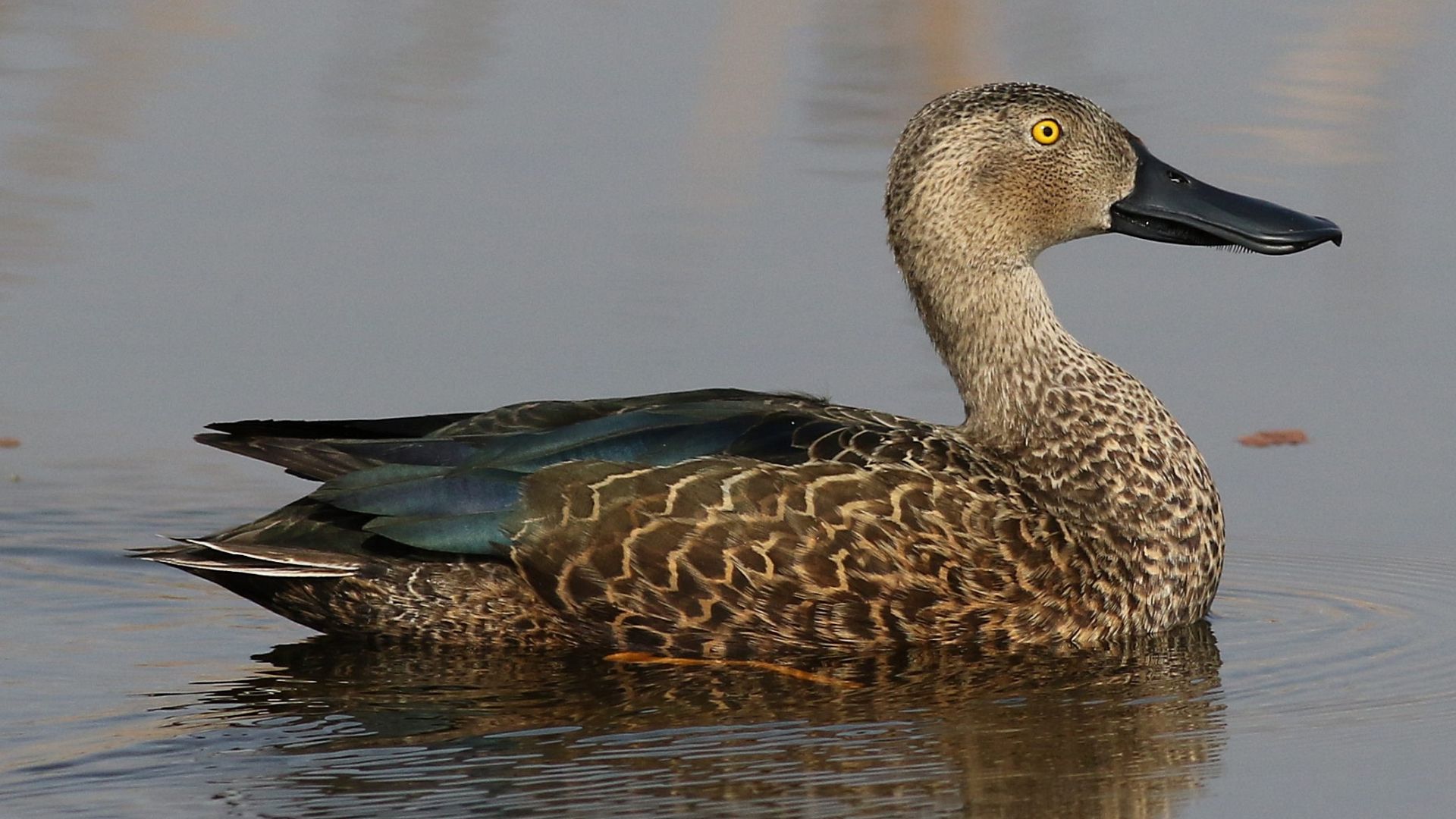
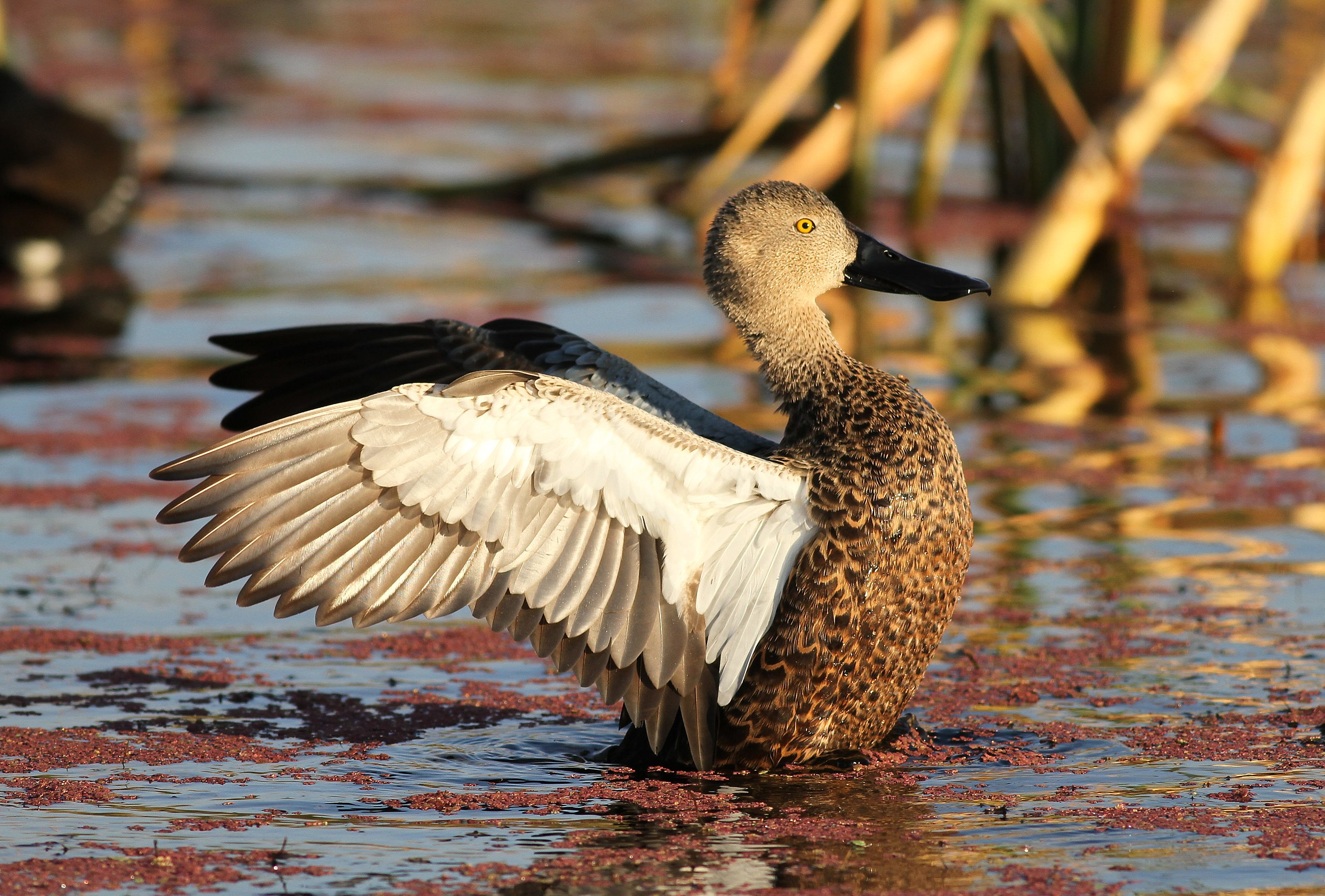

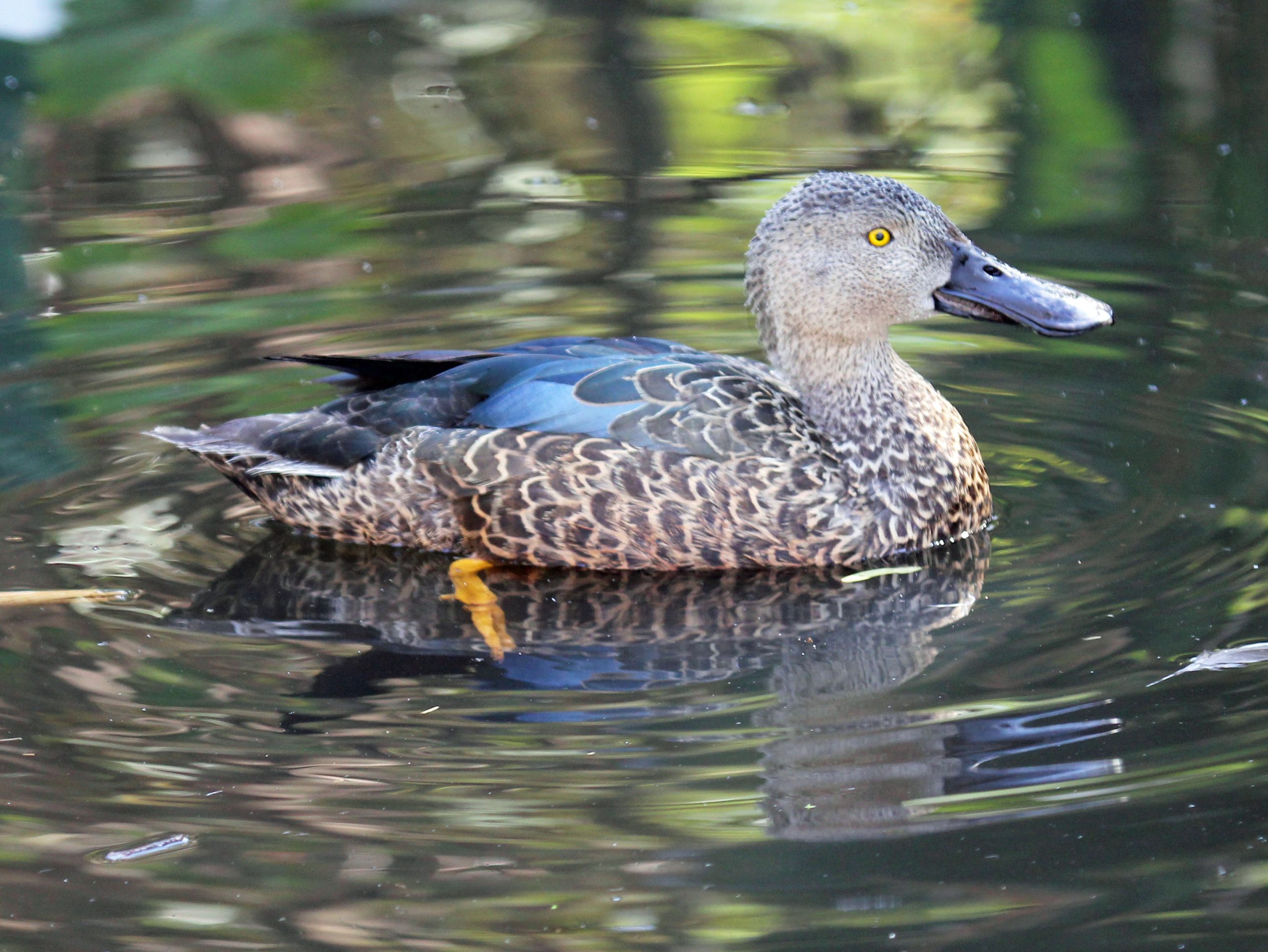
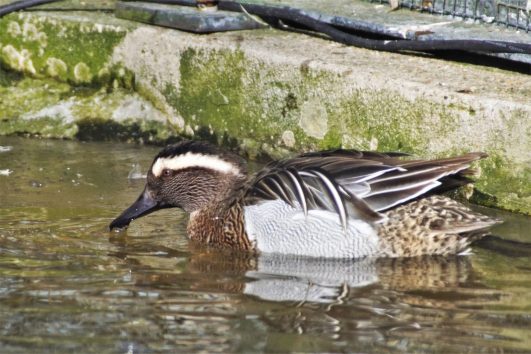

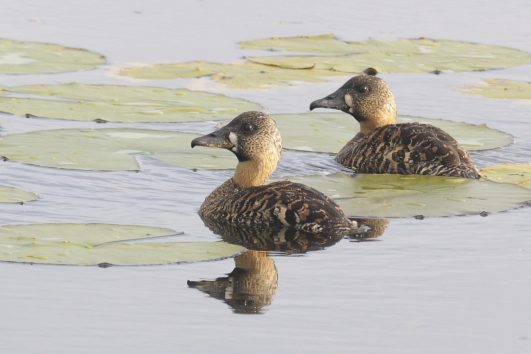
Tour Reviews
There are no reviews yet.
Leave a Review